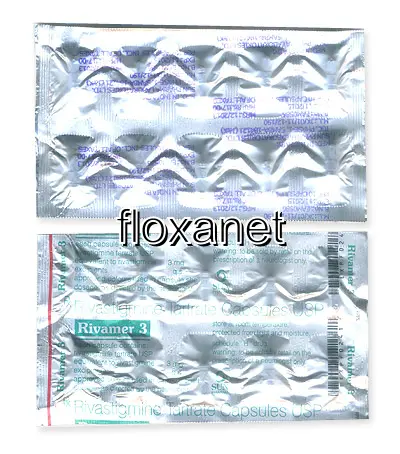| Package | Dosage | Price | Price per Dose | |
|---|---|---|---|---|
| Dosage: 1,5mg | ||||
| 360 pill | 1,5mg | NZD747.27 | NZD2.07 | |
| 240 pill | 1,5mg | NZD508.62 | NZD2.12 | |
| 180 pill | 1,5mg | NZD390.50 | NZD2.17 | |
| 120 pill | 1,5mg | NZD274.79 | NZD2.29 | |
| 90 pill | 1,5mg | NZD214.52 | NZD2.39 | |
| 60 pill | 1,5mg | NZD144.61 | NZD2.41 | |
| 30 pill | 1,5mg | NZD77.12 | NZD2.56 | |
| Dosage: 3mg | ||||
| 360 pill | 3mg | NZD684.59 | NZD1.90 | |
| 240 pill | 3mg | NZD479.69 | NZD2.00 | |
| 180 pill | 3mg | NZD373.62 | NZD2.07 | |
| 120 pill | 3mg | NZD269.97 | NZD2.24 | |
| 90 pill | 3mg | NZD214.52 | NZD2.39 | |
| 60 pill | 3mg | NZD156.67 | NZD2.60 | |
| 30 pill | 3mg | NZD89.17 | NZD2.97 | |

Rivastigmine Tartrate Description
Overview of Rivastigmine Tartrate
Rivastigmine Tartrate is a medication commonly prescribed to manage symptoms associated with Alzheimer's disease and Parkinson's disease dementia. It belongs to the class of drugs known as cholinesterase inhibitors, which work by increasing the levels of certain chemicals in the brain that are important for memory and cognitive function. As a prescription medication, it is available in various forms, including capsules, transdermal patches, and oral solutions, providing flexibility to meet individual patient needs.
Mechanism of Action
The primary action of Rivastigmine Tartrate involves the inhibition of the enzymes acetylcholinesterase and butyrylcholinesterase. These enzymes are responsible for breaking down acetylcholine, a neurotransmitter vital for learning and memory processes. By preventing the breakdown of acetylcholine, the medication helps enhance cholinergic transmission in the brain. This increase in acetylcholine levels can lead to improvements in cognition, daily functioning, and overall quality of life for individuals with neurodegenerative conditions.
Advantages and Efficacy
Many users find Rivastigmine Tartrate effective in slowing the progression of cognitive decline associated with Alzheimer’s disease. It may help improve attention, reasoning, and memory to some extent. For patients with Parkinson’s disease dementia, it can also alleviate symptoms related to cognitive impairment. The availability of different administration routes, especially the transdermal patch, offers the benefit of steady medication absorption and potentially fewer gastrointestinal side effects. Clinical studies support its efficacy, although responses can vary among individuals.
Possible Side Effects and Precautions
Like all medications, Rivastigmine Tartrate may cause side effects. Common issues include nausea, vomiting, dizziness, loss of appetite, and weight loss. Some users might experience sleep disturbances or increased sweating. It is important to monitor for any signs of adverse reactions, especially in elderly patients or those with existing medical conditions. Patients should inform their healthcare provider about any prior health issues, allergies, or medications they are taking to avoid interactions and complications. Regular follow-up is recommended to assess the effectiveness and tolerability of the treatment.
Considerations and User Experience
When using Rivastigmine Tartrate, patients often notice gradual changes in their cognitive functions. While some report noticeable improvements in alertness and daily activities, others may experience limited effects. Adherence to the prescribed dosage is crucial for optimal benefits. The transdermal patch form is favored by many for its ease of use and reduced gastrointestinal discomfort. Nonetheless, skin irritation at the application site can occasionally occur. Patients should be aware of the need for proper application and storage of the medication.
Conclusion
Rivastigmine Tartrate remains a significant aid in managing cognitive symptoms of neurodegenerative diseases. Its dual enzyme inhibition mechanism provides a targeted approach to improving brain chemistry. Despite the potential for side effects, many patients find the benefits outweigh the risks when used under medical supervision. Proper dosing, consistent use, and regular medical reviews are key to maximizing its therapeutic potential while minimizing adverse effects.